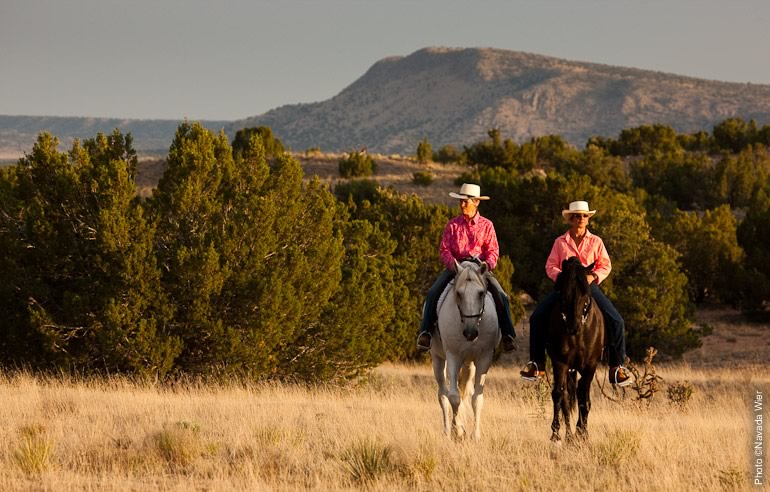
Northern New Mexico provides an iconic western landscape for horseback riding, which is an ideal way to see the Preserve’s thousands of acres of private and public open space.

Varied topography, soils, and plant life offer colorful visual interest and a range of wildlife habitat. Active restoration within the Preserve works to regenerate the land’s health.

Seemingly endless vistas and red-rock mesas characterize views of the southern Galisteo Basin from the Preserve’s ridges.
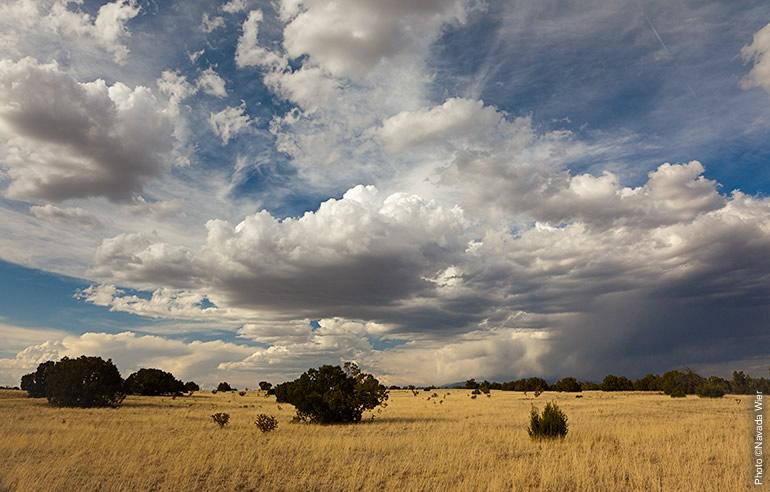
Sweeping grasslands and extraordinary skies help create the natural drama for which northern New Mexico is known.
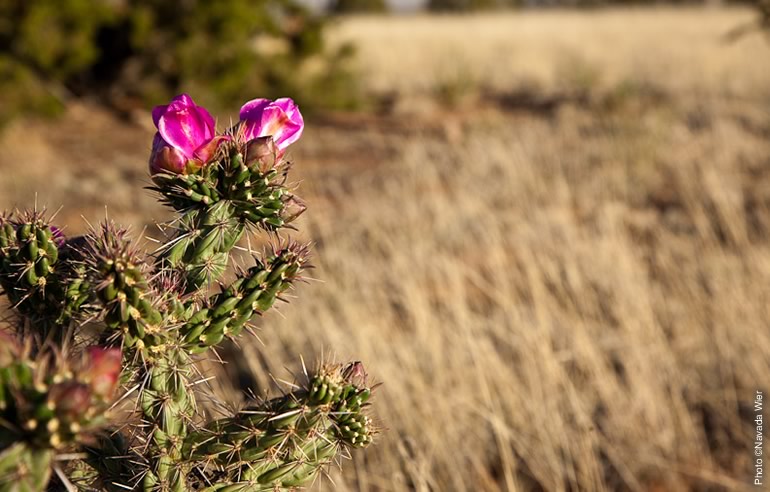
A cactus in fuscia bloom marks the beginning of summer in the Preserve, which enjoys four distinct but mild seasons and more than 300 days of sun a year.

Pronghorn antelope are among the many interesting residents of the Preserve, which is an important home and migration corridor for scores of bird, mammal, and reptile species.

The wave-like Cerro Pelon is a landmark formation of the 730-square-mile Galisteo Basin and visible from many places within the Preserve.I
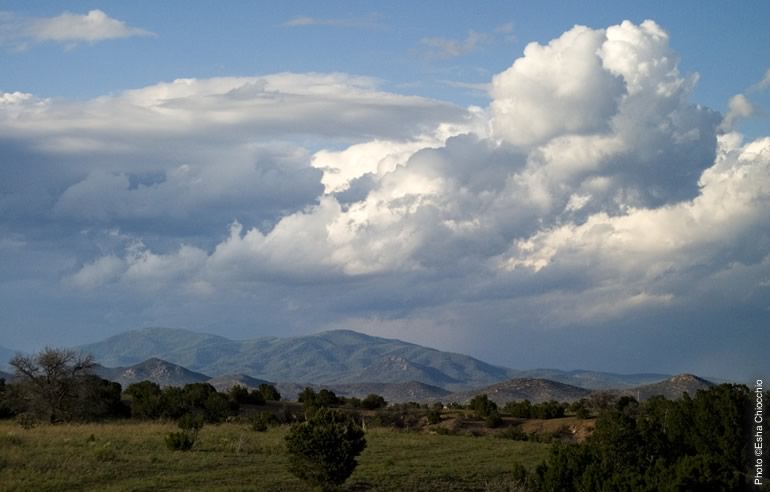
The Sangre de Cristo Mountains, whose foothills hold the neighborhoods of Santa Fe, define the northern edge of the Galisteo Basin region.
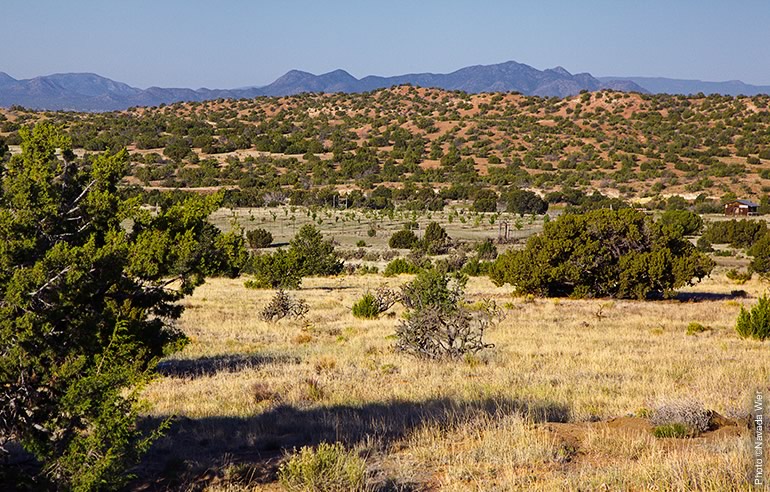
A 100-tree orchard provides fruit and bird habitat in the conservation neighborhood of Southern Crescent.
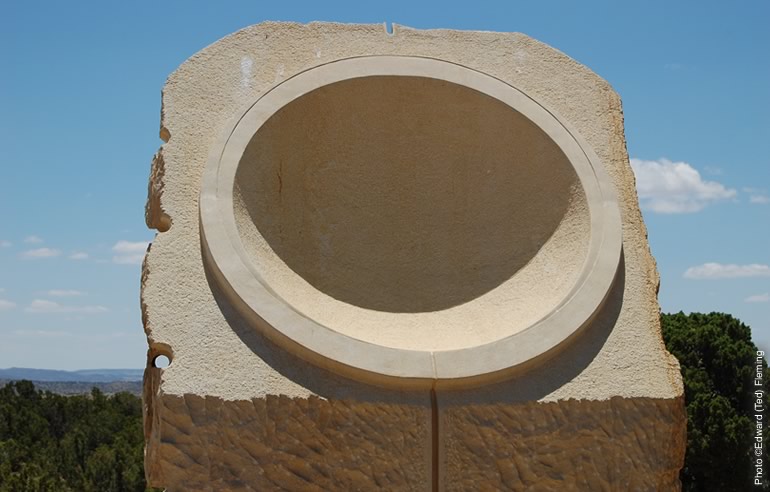
The Southern Crescent sculpture is a sun bowl keyed to the angle of the sun during the equinoxes and solstices. Sculptor Ted Fleming has created four pieces for the Preserve.

One’s sense of the New Mexico landscape is intimately tied to its enormous and impressive skies and its particular quality of light.

Cholla cactus spines catch the russet rays of evening in the Preserve.

Ruins associated with the Kennedy site, a historic settlement along the Burlington Northern Santa Fe Railway line, were found in the southern part of the Preserve. Nearby, the Petroglyph Hill cultural-resource site recalls a much older history.


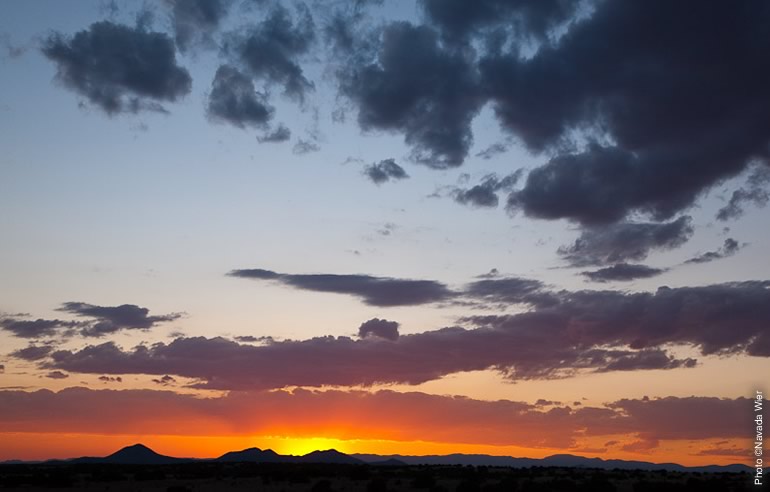
The sounds—and silence—of the Preserve offer the perfect accompaniment to the dazzling descent of the sun over the western mountains.


One of the Galisteo Basin Preserve’s greatest resources is the darkness of its night sky. The absence of light pollution creates exceptional opportunities for stargazing.



















